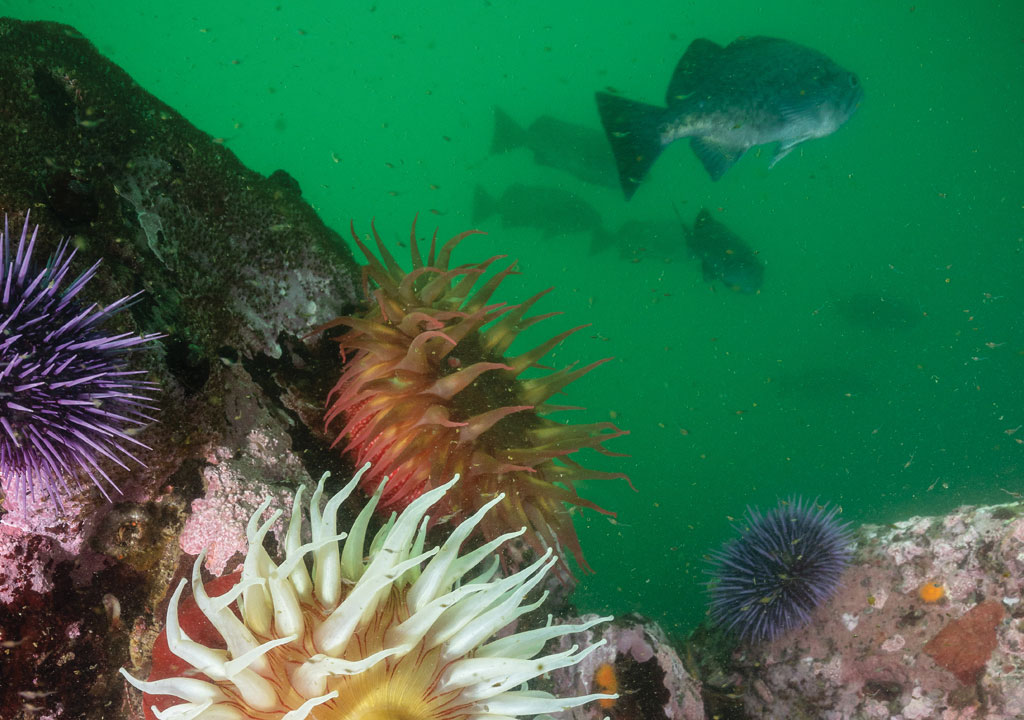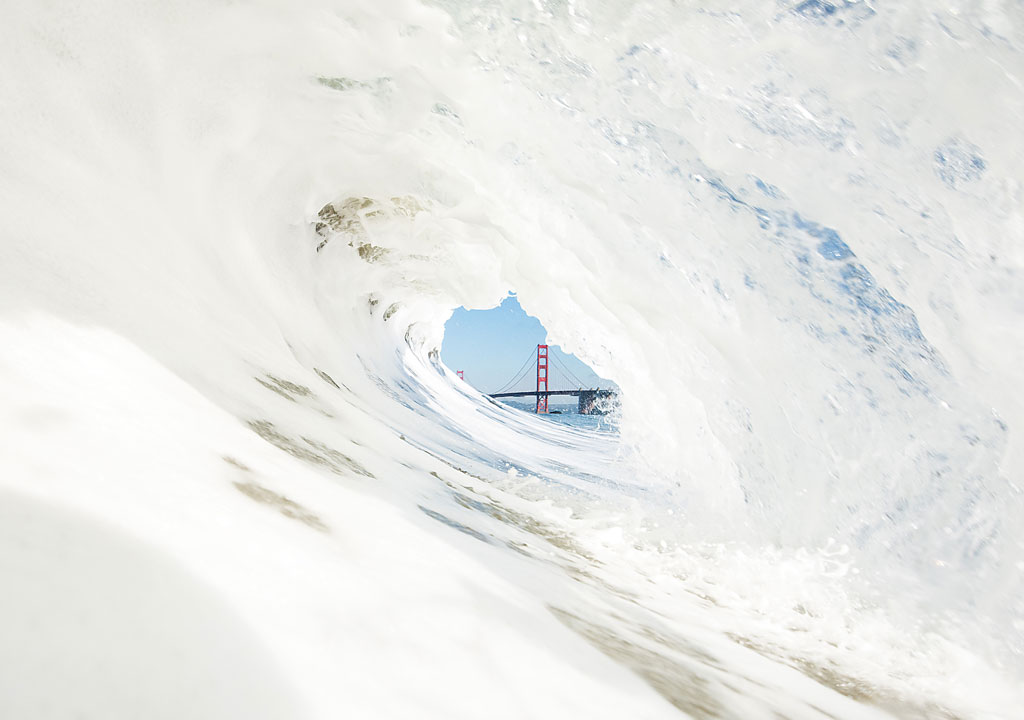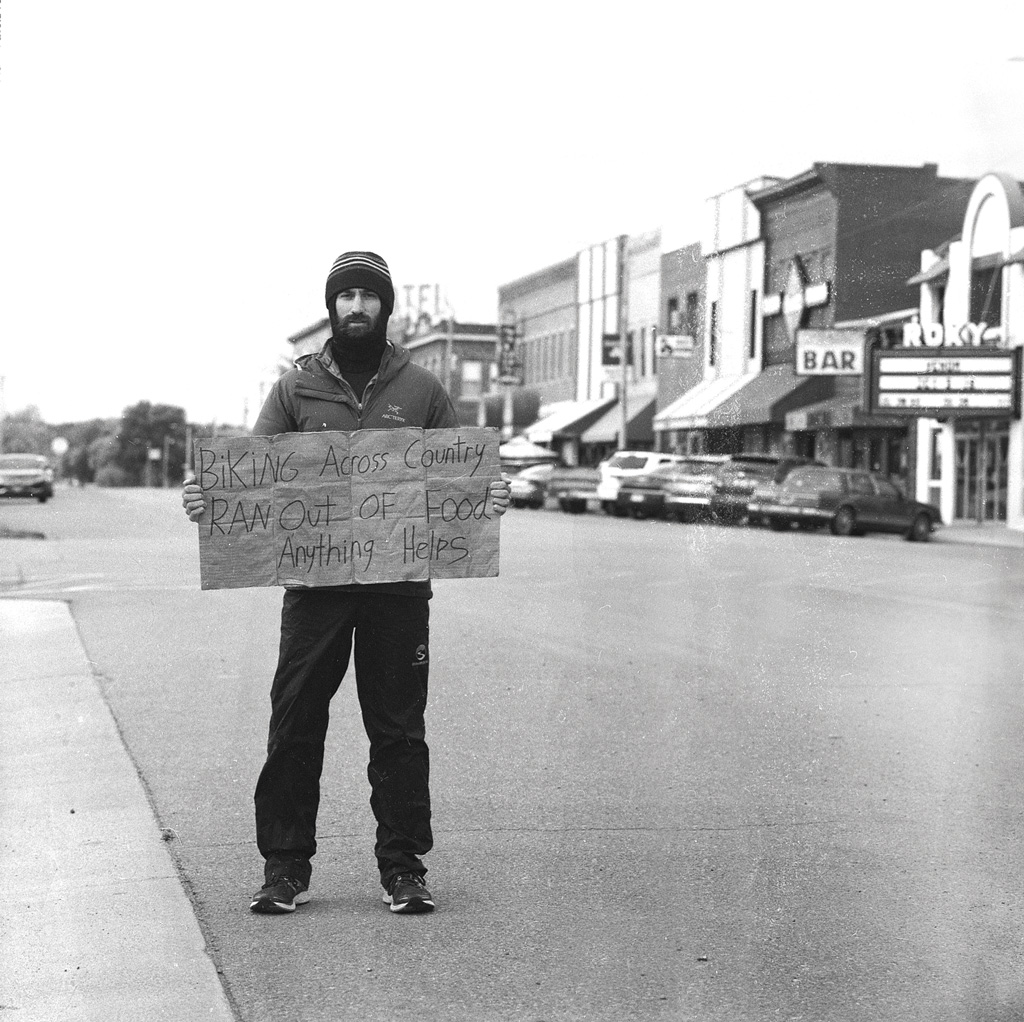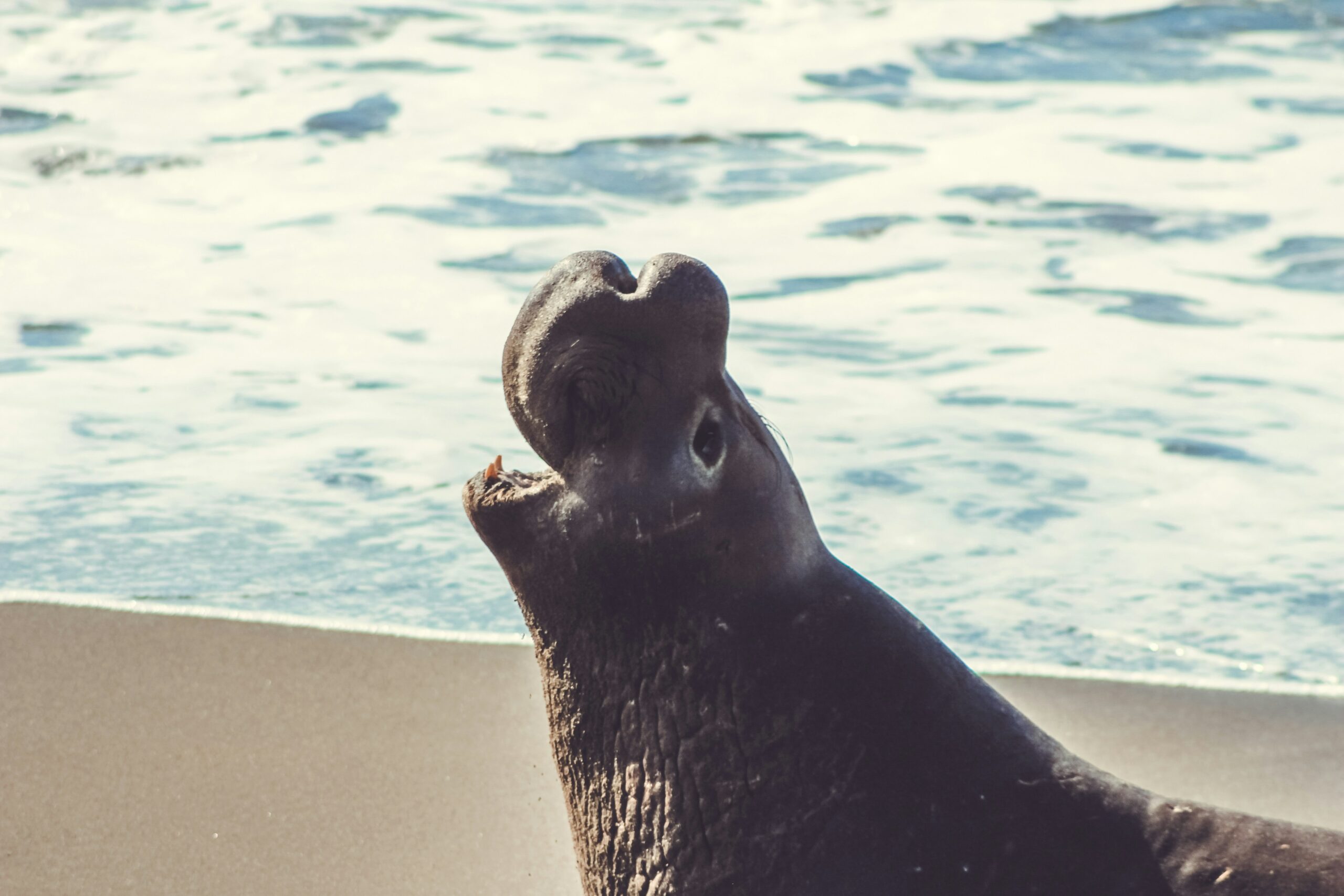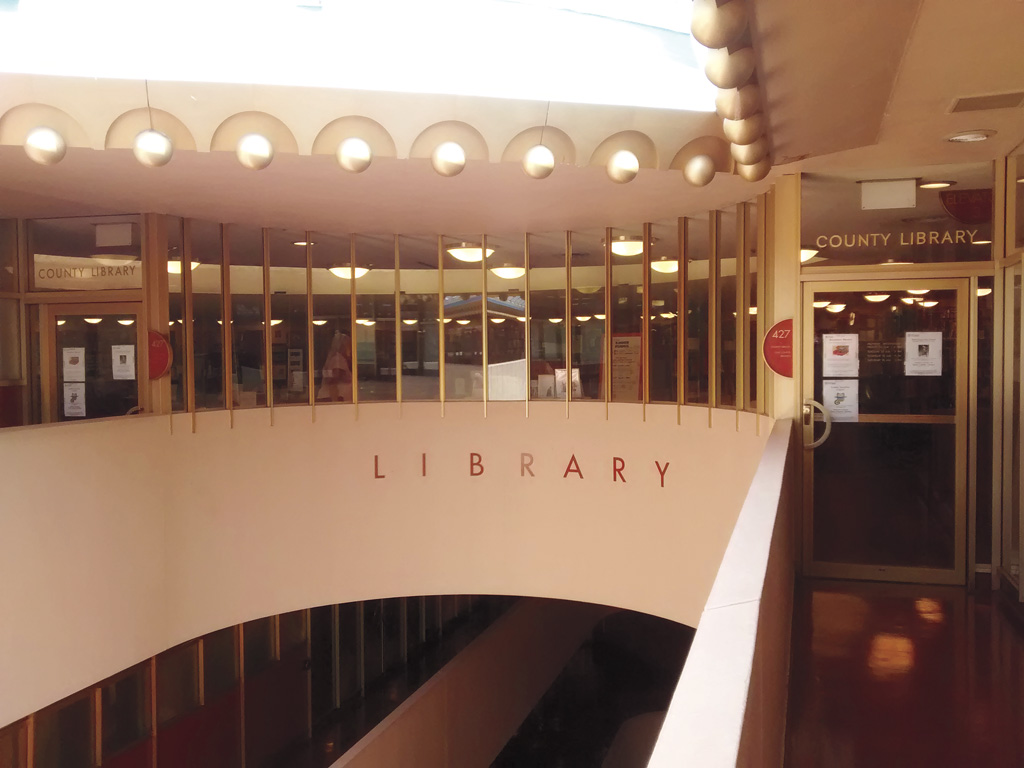The summer sun draws people toward the sea. Rodeo, Muir and Stinson beaches are warming up and becoming weekend destinations where beachgoers plant umbrellas to shade picnics and take refreshing dunks in the ocean. While beach trips are situated among the coast’s sand dunes and intermittent coves, local photographers are looking to bring the ocean that extends far beyond into focus, too.
The ocean around Marin is one-of-a-kind, even for photographers who have traveled coastlines around the globe. Offering unparalleled access, the coast has an atmosphere of remote ruggedness. “The Northern California coast is just special,” says Marin-based underwater photographer Brent Durand, who grew up around the beaches of Southern California. “The energy of the ocean is wild, it’s bigger and rougher. I’m drawn to that, that feeling of adventure and exploration.”
Durand gains access to the ocean’s wonder through photography in combination with scuba diving skills. “One of the reasons I love diving on the North Coast is that sometimes you find a huge underwater feature you never would have thought existed, like a big 40- to 50-foot wall covered in white Metridium anemones,” he says.
Durand’s photography requires a keen sense of observation to read the ocean and light, anticipate ecosystem features, and be in position to take the best wildlife photos possible. In particular, his work is bringing attention to kelp forests, a foundation for marine ecosystems on the California coast. Achieved via scuba diving excursions from Monterey and Sonoma County coasts, Durand’s photography is a testament to environmental changes that might not be on the radar of people living and visiting just miles away from these undersea forests.
“The obvious changes are a lot less kelp forests and also less abalone. The further you get north, the more abalone there should be, but they’ve basically been dying off since about 2014,” says Durand. Bull kelp (Nereocystis luetkeana) beds extending north from Marin, and the diverse organisms they support, have faced staggering declines over the past decade with shifts in ocean conditions, sea star die-off and a resulting profusion of purple urchins that mow down kelp forests when left unchecked. In an April edition of the New York Times this year, one of Durand’s photos of bull kelp was featured alongside a piece on the vulnerable state of California’s kelp forests, just one example of his photos highlighting these important underwater ecosystems for the public at large.
Back on the surface, surf and landscape photographer Jack Bober captures ocean swell moments that are otherwise lost in the blink of an eye. Bober, who grew up in Marin and graduated from Redwood High School, has long been drawn to places beyond the shore. After experimenting with water photography on trips to Hawaii and Southern California and improving his gear, Bober took some of his first water shots at Marin’s Fort Cronkhite.
Inspired by other San Francisco surf photographers, including Sachi Cunningham and Adam Warmington, Bober’s work reveals characteristics of waves that are imperceptible to most without the skillful positioning and timing of his photography. “I try to get in the spot where a surfer would envision themselves, in the barrel shot with the waves coming toward you,” says Bober. “I feel like everything slows down when I am in that spot.”
Being in the ideal location requires resolve, stamina and calm to steady oneself (and camera gear) in the forces of breaking waves. Bober’s photography ultimately captures the wide-ranging diversity of wave form and the athleticism of local surfers. The people in the local surf communities that Bober documents from Fort Cronkhite to Ocean Beach in San Francisco become well-known to him and that facilitates his work. “Especially when waves are really big, it’s good to know that you have a couple other people out there; it’s nice to know that tightknit community in Marin,” Bober says.
On a personal level, paddling out beyond Marin’s shores is an awe-inspiring activity for both photographers. “It almost feels euphoric in a way, being out in the water, being in that spot taking those pictures,” says Bober. Their work is also about sharing these special places — both above and below the surface. Bober and Durand’s photography communicates a story about ecosystems and people that inspires a closer look at marine environments around us. “There are some gems on the coast that are there if you’re willing to put in the work and go find them,” says Durand, “not just for photographers, but for everybody.”
